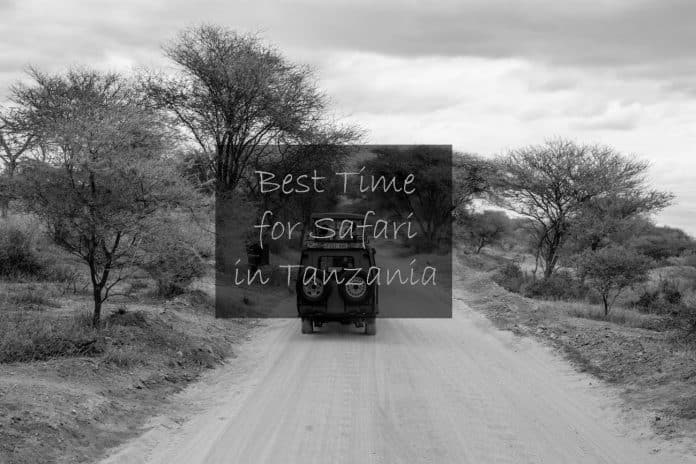The Ultimate Guide to Choosing the Best Time for a Safari in Tanzania
Embark on a wild adventure through the breathtaking landscapes of Tanzania, where the call of the wild and the majesty of nature collide. But when is the best time to go on a safari in this stunning African destination? This ultimate guide has got you covered. Whether you seek the mesmerizing Great Migration, the vibrant birdlife of the wet season, or the optimal game-viewing opportunities, we’ll help you choose the best time for a safari in Tanzania.
Tanzania boasts a diverse climate, with distinct wet and dry seasons. From the dry season months of June to October, when wildlife is abundant and easily spotted around watering holes, to the wet season from November to May, when you can witness the explosion of life as the plains turn green and migratory birds flock to the country. Each season has its own unique charm and wildlife viewing opportunities, allowing you to plan your safari according to your preferences and interests.
Factors to Consider When Choosing the Best Time for a Safari
When planning your safari in Tanzania, it’s essential to consider several factors that can greatly impact your experience. These factors include climate and weather patterns, high season versus low season safaris, wildlife migrations, popular national parks and their seasonal highlights, safari activities availability, and budget considerations. By taking these factors into account, you can make an informed decision on the best time for a safari in Tanzania.
Climate and Weather Patterns in Tanzania
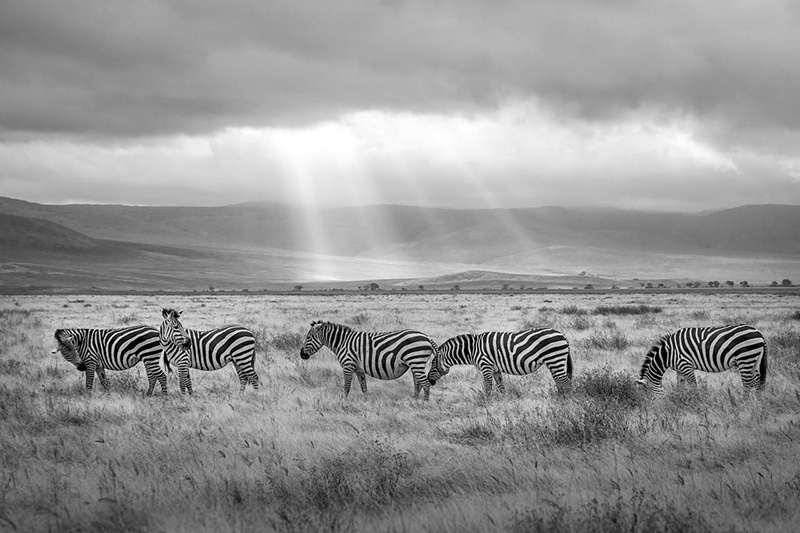
Tanzania experiences a tropical climate, characterized by two distinct seasons: the wet season and the dry season. The wet season, which runs from November to May, is divided into two periods: the “short rains” from November to December and the “long rains” from March to May. During this time, you can expect sporadic showers and occasional thunderstorms. The dry season, on the other hand, occurs from June to October and is characterized by clear skies, warm temperatures, and virtually no rainfall.
High Season vs. Low Season Safaris
Tanzania’s high season for safaris typically coincides with the dry season, particularly from July to October. Most consider this period the best time for a safari in Tanzania because of the favorable weather conditions. During this time, the weather is pleasant, and wildlife concentrations are high. The high season attracts more tourists, resulting in higher prices for accommodations and safari packages. However, if you prefer a quieter and more affordable experience, the low season safari from November to May might be more suitable. Although the weather may be wetter, you can still enjoy incredible wildlife sightings without the crowds.
Wildlife Migrations and Their Impact on Safari Timing
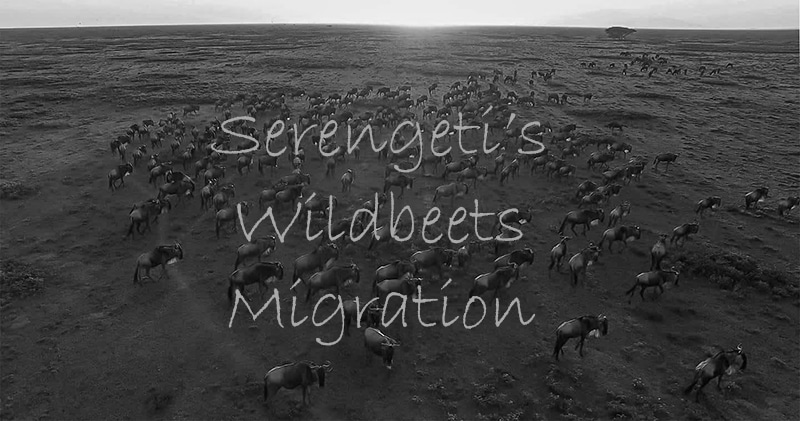
One of the most awe-inspiring natural events in Tanzania is the Great Migration, where millions of wildebeest, zebras, and other herbivores travel in search of fresh grazing. The migration is a year-round spectacle, but the timing of the different stages varies depending on the location. From December to March, the herds gather in the southern Serengeti for calving season. From April to June, they move towards the western corridor, crossing the Grumeti River. Finally, from July to October, the migration reaches its climax in the northern Serengeti and the Masai Mara in Kenya. To witness this incredible phenomenon, plan your safari accordingly.
Popular National Parks and Their Seasonal Highlights
Tanzania is home to several world-renowned national parks, each offering unique wildlife viewing opportunities throughout the year. Serengeti National Park is a must-visit destination, especially during the Great Migration. If you are hoping to see the great migration, the best time for a safari in Tanzania would be the dry season. This is usually when the migration occurs. Tarangire National Park is known for its large elephant herds, which are most easily spotted during the dry season when they gather around the Tarangire River. Ngorongoro Crater, a UNESCO World Heritage Site, is a year-round destination that offers stunning panoramic views and abundant wildlife. Each park has its own seasonal highlights, so research and choose accordingly.
Safari Activities and Their Availability Throughout the Year
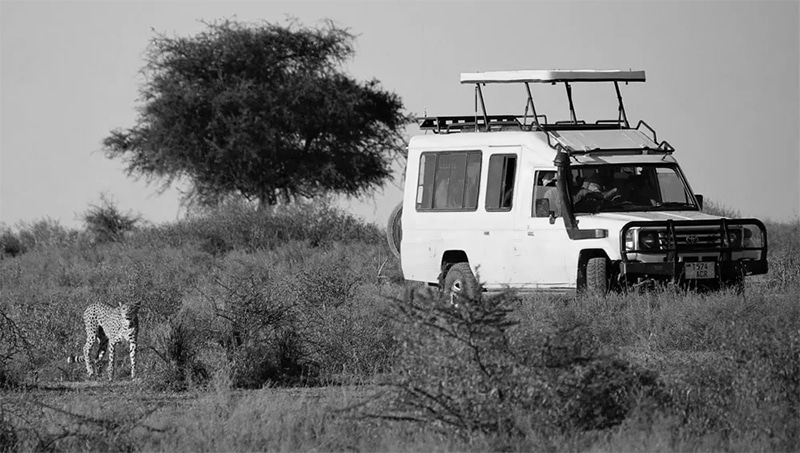
Tanzania offers a wide range of safari activities, including game drives, walking safaris, hot air balloon safaris, and cultural visits to Maasai villages. The availability of these activities may vary depending on the season. Game drives, for example, are available year-round, but walking safaris are more enjoyable during the dry season when the grass is shorter, making it easier to spot wildlife on foot. Hot air balloon safaris are typically offered in the early morning and are available throughout the year, providing a unique perspective of the vast landscapes below. Cultural visits to Maasai villages can be arranged at any time, giving you a glimpse into the rich cultural heritage of Tanzania.
Budget Considerations for Different Safari Seasons
Budget is an important aspect to consider when looking into the best time for a safari in Tanzania. Prices for accommodations and safari packages can vary significantly depending on the season. The high season, from July to October, is generally more expensive due to increased demand. If you’re traveling on a budget, consider visiting during the low season when prices are lower, and you may be able to find discounted rates. Keep in mind that some lodges and camps may close during the wet season, so it’s important to check availability and plan accordingly.
Tips for Planning Your Safari Timing
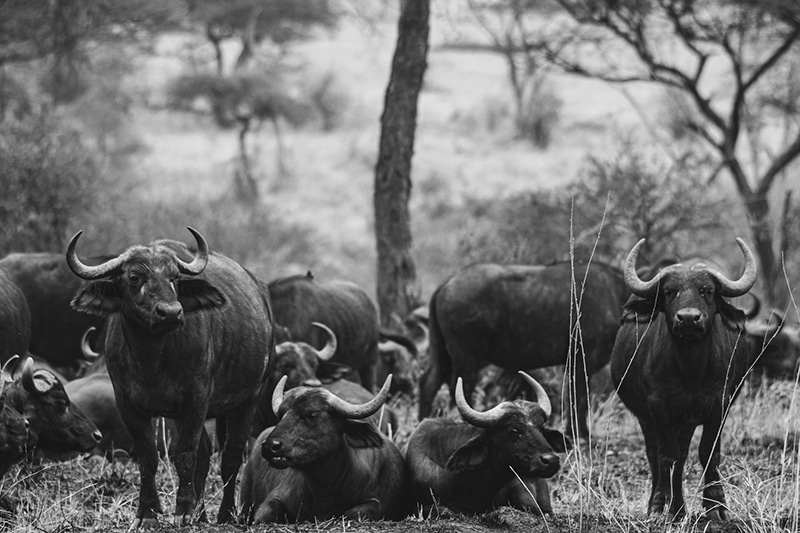
To make the most of your Tanzanian safari, consider the following tips when planning your timing:
- Research and prioritize your wildlife sightings: Different seasons offer different wildlife sightings, so determine what you’re most interested in seeing and plan accordingly.
- Be prepared for the weather: The wet season can bring rain and muddy conditions, so pack appropriate clothing and footwear. During the dry season, temperatures can get hot during the day, so bring sunscreen and lightweight clothing.
- Book in advance: Popular lodges and camps tend to fill up quickly, especially during the high season. To secure your preferred accommodations, book well in advance.
- Consider a combination of seasons: If you have the flexibility, consider combining the dry and wet seasons to experience a variety of wildlife and landscapes.
- Consult with a reputable tour operator: A knowledgeable tour operator can help you navigate the complexities of planning a safari and ensure you make the most of your time in Tanzania.
Conclusion and Final Considerations
Choosing the best time for a safari in Tanzania is a personal decision that depends on your preferences, interests, and budget. Whether you opt for the dry season to witness the incredible wildlife concentrations or the wet season to experience the explosion of life, Tanzania offers an unforgettable safari experience throughout the year. Consider the climate, wildlife migrations, popular national parks, safari activities, and budget considerations when planning your timing. With proper research and planning, you’ll create memories that will last a lifetime as you explore the stunning landscapes and encounter the incredible wildlife of Tanzania. Happy safari planning!
For more articles related to Things to Do in Tanzania (Zanzibar), click here!
























